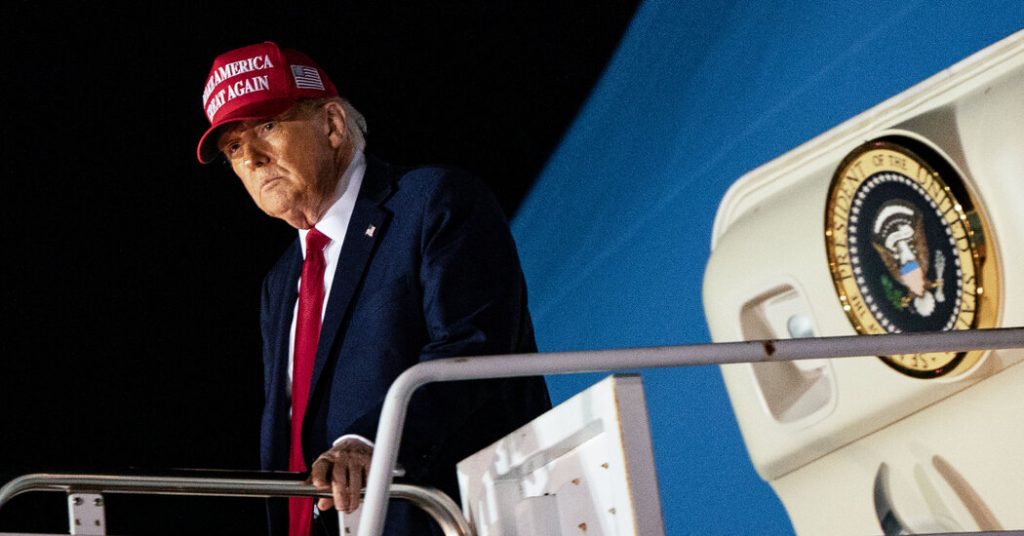The Tariff Threat and Initial Responses
In January, President Trump threatened to impose tariffs on Canada, Mexico, and China, accusing these countries of not doing enough to stop the flow of drugs and migrants into the United States. This move prompted immediate reactions from Canadian and Mexican officials, who quickly traveled to Washington to showcase their efforts to strengthen border security. Canada appointed a "fentanyl czar" and allocated additional resources to combat organized crime, while Mexico deployed troops to its border and extradited cartel members to the U.S. These actions led President Trump to temporarily pause tariffs on Canada and Mexico for 30 days. However, China did not make similar overtures, and as a result, President Trump imposed a 10% tariff on all Chinese imports starting on February 4. By early March, he announced an additional 10% tariff on top of all existing Chinese tariffs.
China’s Cautious Approach
The Chinese government has adopted a more deliberate and cautious approach in response to President Trump’s tariffs. Unlike Canada and Mexico, China has not made any significant concessions or public gestures to address U.S. concerns about fentanyl trafficking or other issues. Instead, Chinese officials and academics have been engaging in discreet conversations to assess President Trump’s motives and determine the parameters of potential negotiations. According to Michael Pillsbury, a China expert advising the Trump administration, the Chinese are initially cautious in negotiations, wary of hidden traps or reasons to be cautious. The Chinese have also been struggling to identify reliable communication channels with the U.S., as they seek to understand the administration’s priorities and demands.
The State of Communication
Despite the lack of direct communication between President Trump and Chinese leader Xi Jinping, there have been some efforts to establish dialogue. Senior Chinese officials, including Cui Tiankai, the former ambassador to the United States, have met with representatives of Washington think tanks to explore potential accommodations and float ideas for a trade deal. These discussions have included proposals such as significant purchases of American agricultural products and Chinese investments in the U.S. The Chinese have also emphasized the need to be treated as equal partners and have criticized past measures taken by the Biden administration to "contain" China, such as export controls.
Potential Trade Deal Proposals
The Chinese delegation has suggested several potential elements of a trade deal, including major investments in the U.S. in areas like electric vehicles, batteries, and solar panels, which could create hundreds of thousands of American jobs. Additionally, Chinese companies have expressed willingness to license technology to U.S. partners and take minority stakes in ventures to address national security concerns. Another proposal involves increasing purchases of U.S. goods and services in agriculture, aerospace, and energy. The Chinese have also hinted at buying more U.S. Treasuries and potentially backing away from efforts to create a new reserve currency that could challenge the U.S. dollar. Furthermore, China has suggested it could help facilitate a deal between Russia and Ukraine and assist in Ukraine’s reconstruction.
Challenges and Skepticism
Despite these proposals, significant challenges remain in reaching a trade deal. National security concerns in the U.S. about closer ties with China, particularly regarding technology transfer and investment, could hinder progress. Additionally, some analysts argue that President Trump’s aggressive tariff strategy is making it less likely for China to concede, as Xi Jinping would not want to appear to be capitulating to U.S. demands. The Chinese have made it clear that they are willing to negotiate but seek clarity on the parameters of a deal and want to avoid preconditions. Meanwhile, President Trump has expressed frustration with China’s failure to follow through on commitments made in the 2020 trade deal, particularly regarding agricultural purchases.
The Way Forward
As tensions between the U.S. and China continue to escalate, it remains uncertain whether the two sides can find common ground. The Chinese are in a "wait and listen" mode, carefully assessing the situation and gathering input before making any significant moves. While there is a willingness to negotiate, the lack of clear communication channels and the cautious approach of both sides have created a complex and unpredictable environment. The coming months will be crucial in determining whether the U.S. and China can reach a mutually beneficial agreement or whether the trade relationship will continue to deteriorate, with far-reaching implications for the global economy.


